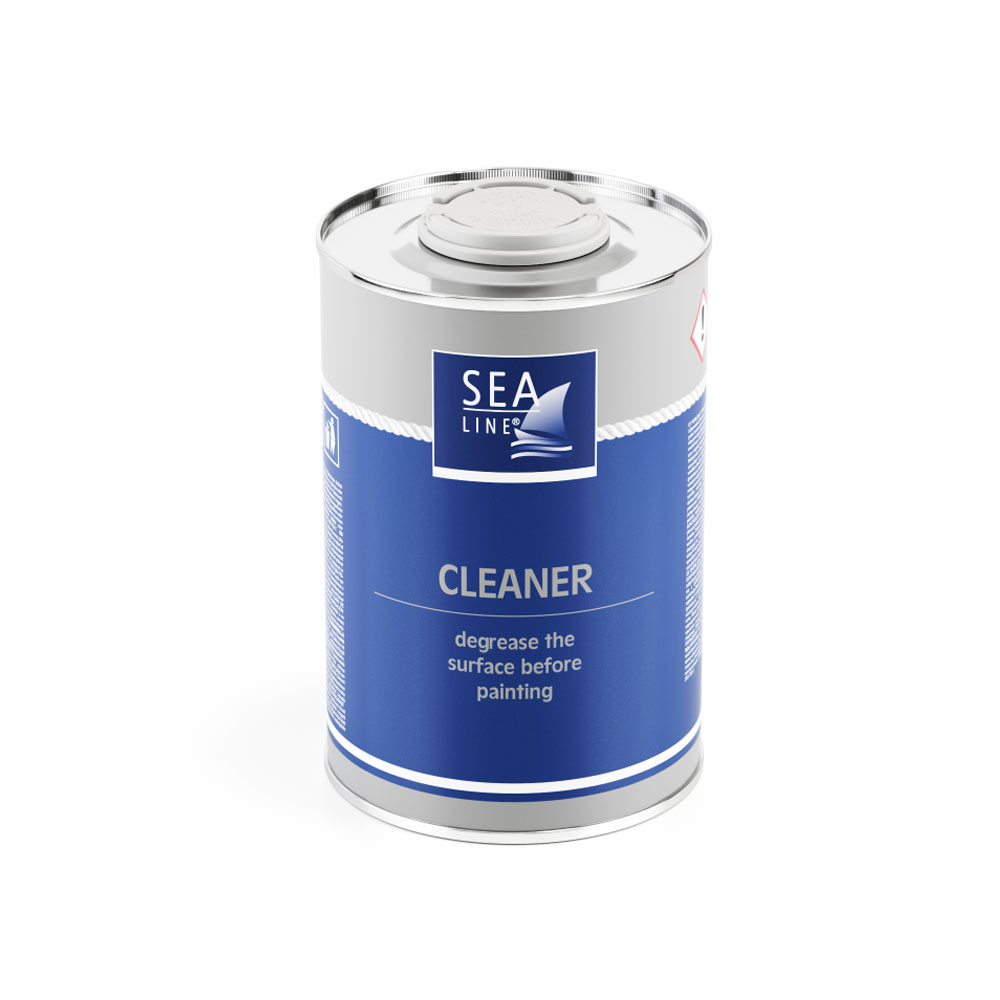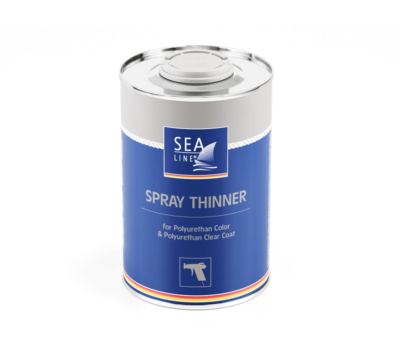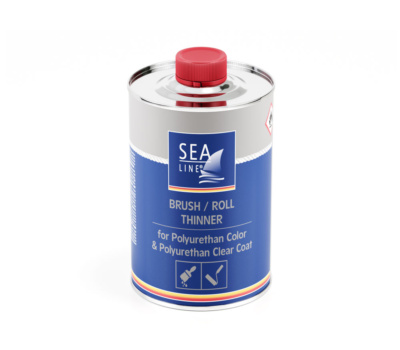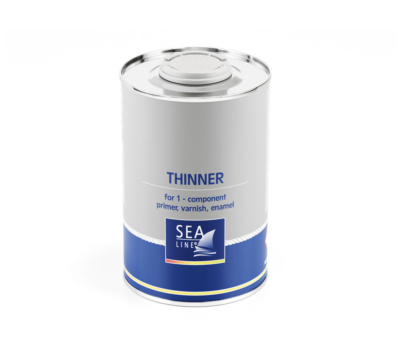Cleaner – recommended to degrease the surface before painting. Silicone remover is the product used for surface cleaning before lacquering.
The silicone, wax or grease soil is very dangerous for the good lacquering effect. The silicone remover may be used for metal or plastic surfaces
| Capacity | Code |
|---|---|
| 1 l | 300003990 |

Each surface should be washed at least twice, until the surface being painted is completely clean. The best cleaning results are achieved with properly applied cleaner using the “two-towel” method.
A cleaner is an indispensable product for degreasing surfaces preparing for painting. The cleaner is a mixture of organic solvents that allow for quick and effective cleaning of surfaces from various contaminants, including grease, oils, silicones, salts, etc. Its action involves chemically dissolving all possible contaminants. Then, we mechanically remove the chemically dissolved contaminants using a towel or cloth. The use of a cleaner helps to avoid paint defects such as fish eyes or small craters. It is hard to find marine painting jobs that would not require the use of such a cleaner.
A high-quality cleaner is characterized by an evaporation time tailored to make the best use of the applied cleaning agent.

Spray thinner for polyurethane color and high gloss polyurethane clear coat. Thinner for the application

Brush and roll thinner for polyurethane color and high gloss polyurethane clear coat. Thinner for

It is very important to use paint thinners, which provide the appropriate parameters of paint
We recommend to always sand the surface between applying two different products to ensure uniform surface roughness and adhesion of subsequent layers. The sanded surface should also be cleaned and degreased.
Do not add more hardener, because after the base has cured, the remaining hardener will react with subsequent layers, which will be applied to the surface and cause defects. For the product to work properly, please follow the proportions given by the manufacturer.